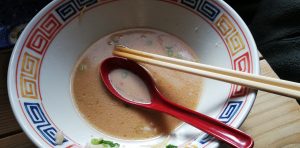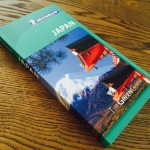Hello, this is Hazuki, the Evergreen Hostel’s owner!
Lots of delicious ramen restaurants line the streets in Fukuromachi, a neighbourhood in Naka-ku, central Hiroshima. I often stop by in one of them on weekends during lunch.
Family ramen: Yokoduna-ya 横綱家
Famous Hakata ramen: Hakata Ippudo 一風堂 広島袋町店
Lately, I’ve been going to this newly reopened ramen shop.
Mongoi is a local dialect from Kure, in Hiroshima Prefecture. The word appears to mean “extremely”. Does that also mean they serve extremely delicious ramen? Let’s put it to the test.
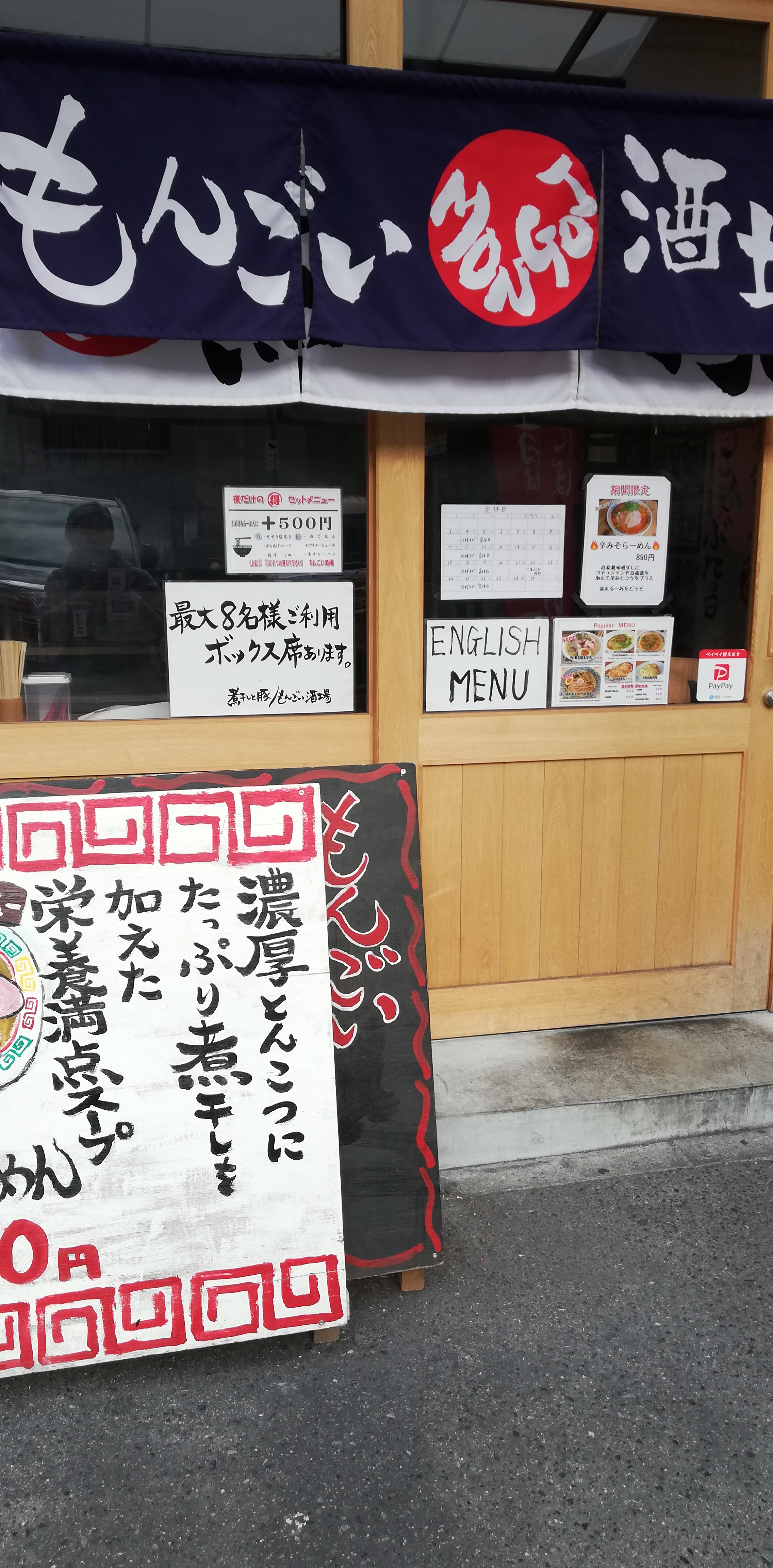
Actually, its Japanese name is now “Mongoi Sakaba,” with sakaba meaning “pub”. Its name was changed after the renewal and during evening hours, the restaurant effectively turns into an izakaya-like pub where you can enjoy having a drink. The menu also differs between day and night.
I took a picture of the English ramen menu for you to look at.
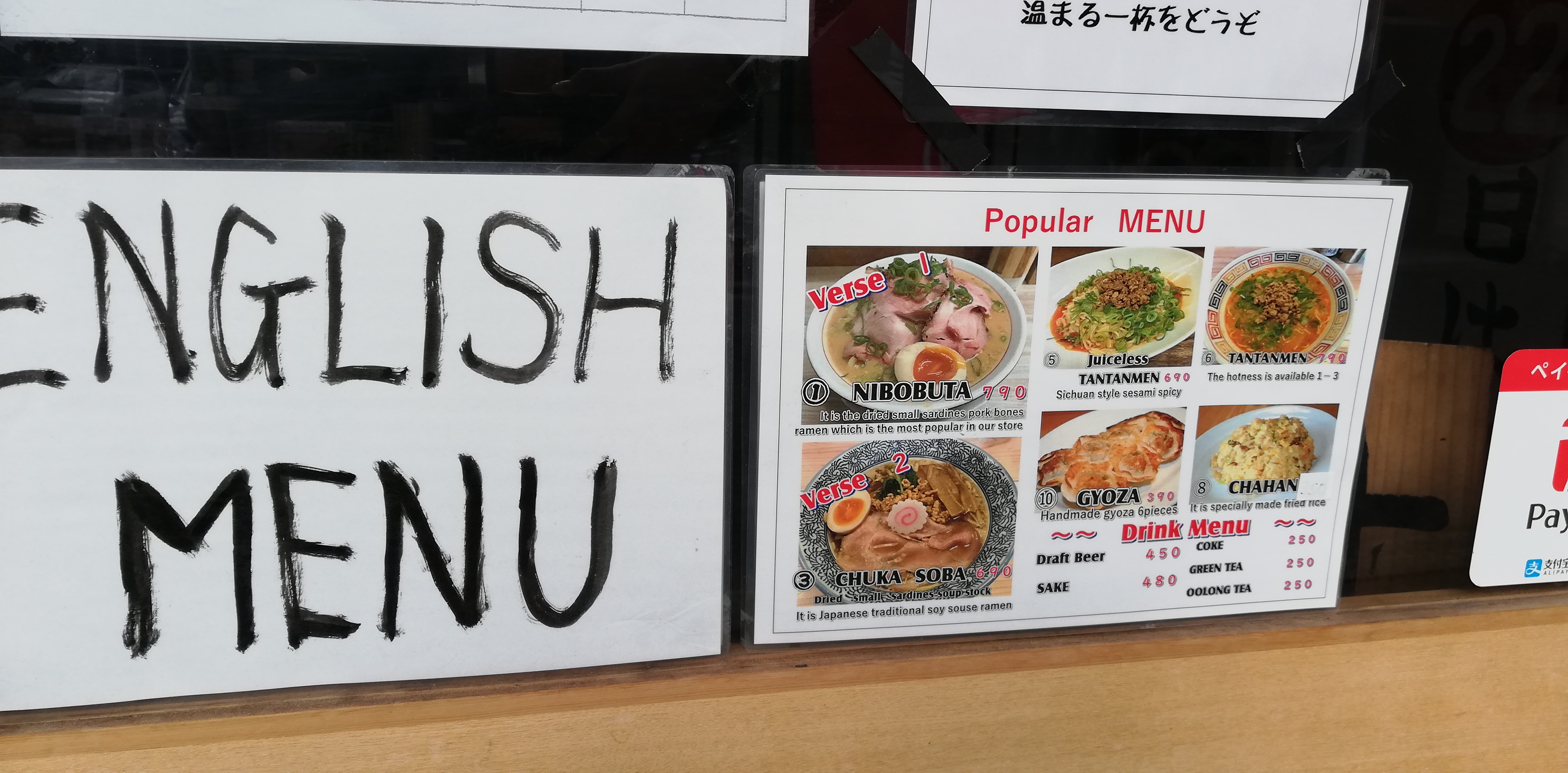
There is a ticket vending machine right after entering the store. I’m sure that some of you foreign visitors will be unsure what to do here, so if you find yourself in this situation, I advise you to decide what to eat from the menu above and simply tell the staff the name. They will be glad to you how to use the ticket machine!
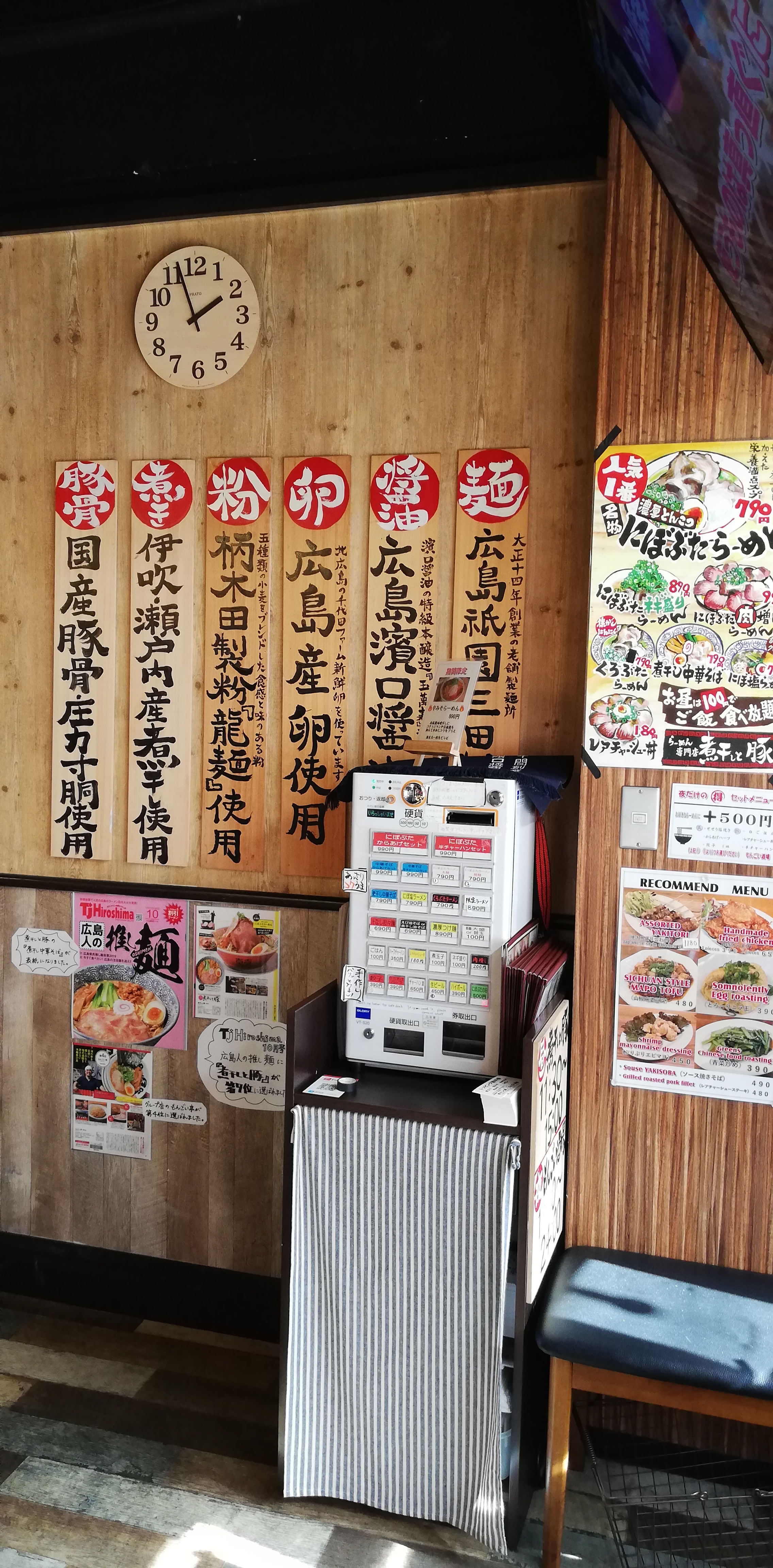
I don’t think there are many ticket vending machines in other countries, so I’m sure many people wonder: what is the advantage of having a ticket vending machine?
[Picture, aligned right]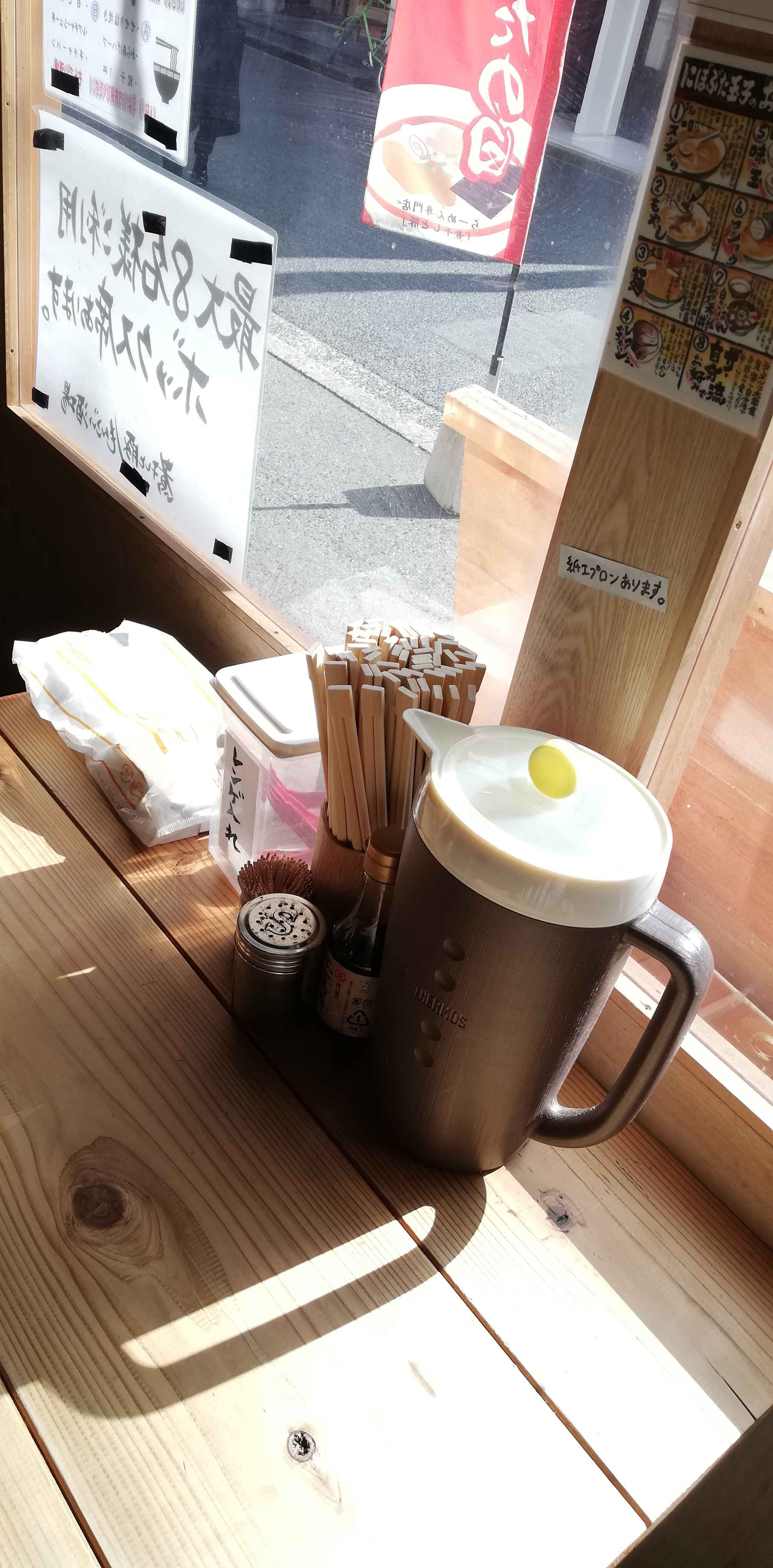
① Lack of manpower: if one staff member is occupied every time someone checks out, this can be a serious blow to staff availability during the busy lunch hour.
② Eliminate miscalculations: it is almost inevitable for people to make mistakes when they have to calculate how much change should be given for numerous times per day. (Similarly, even at our hostel it sometimes happens that a calculation is off for about JPY 10. I think this is unavoidable.)
③ Crime prevention: ticket vending machines are heavy and difficult to carry! In other words, they are safer than using a cash register that is opened and closed frequently.
And that, I think, is mostly why ticket machines are so loved in Japan.
This time, my son and I ate a set with “Nibo-buta Ramen” and karaage!
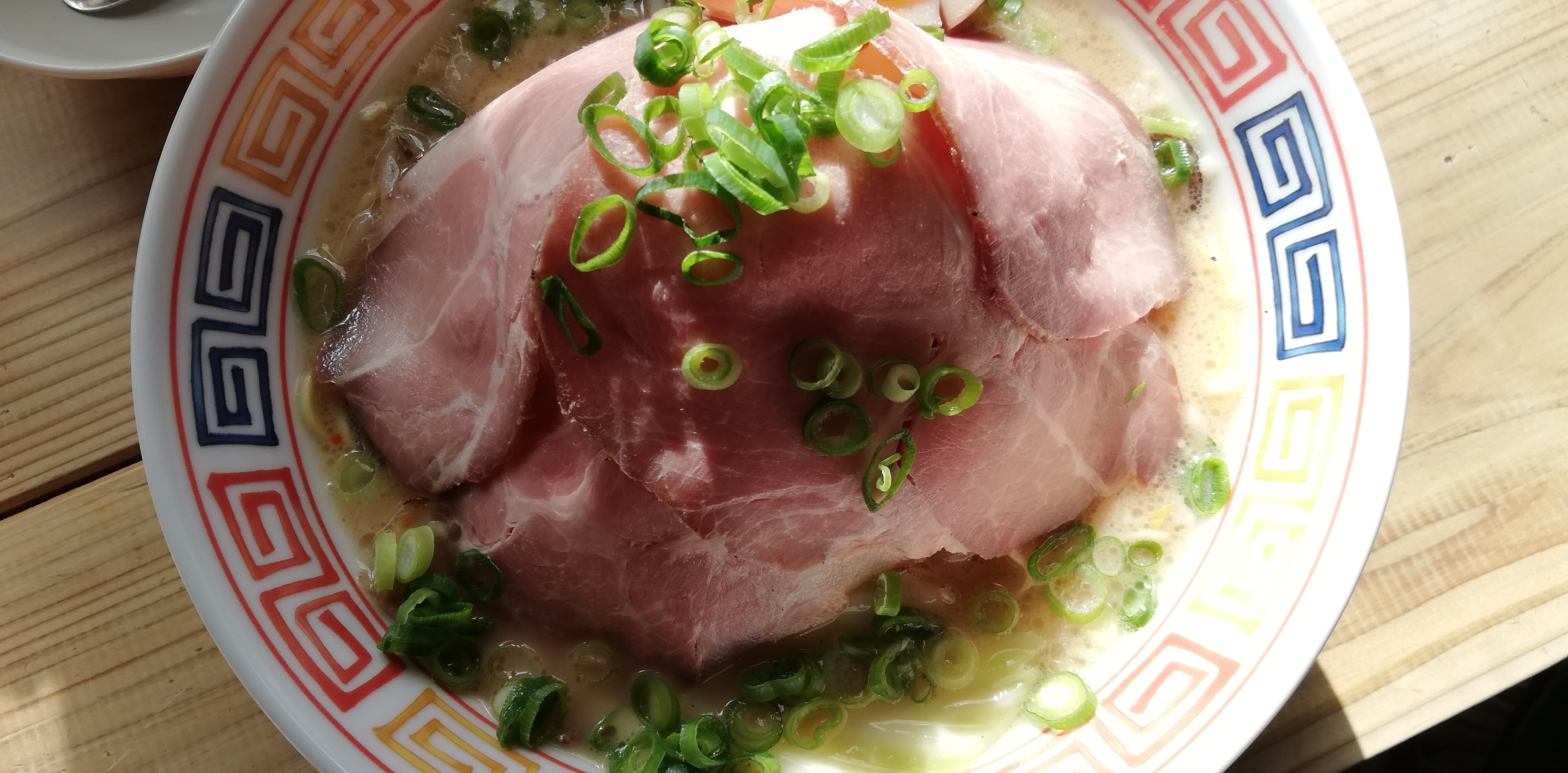
A dashi garnished with lots of dried sardines and slices of tonkatsu make for a soft and creamy soup.
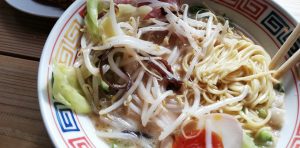
The noodles are thin and round and remarkably yellow. Meanwhile, I was wondering what is actually the difference between iriko and niboshi, two types of sardines that are popular in Japan, but apparently the only difference is that dried sardines are called niboshi in East Japan, versus iriko in the West. I don’t like it when the fishy smell of dried sardines is too strong, but this was not the case here
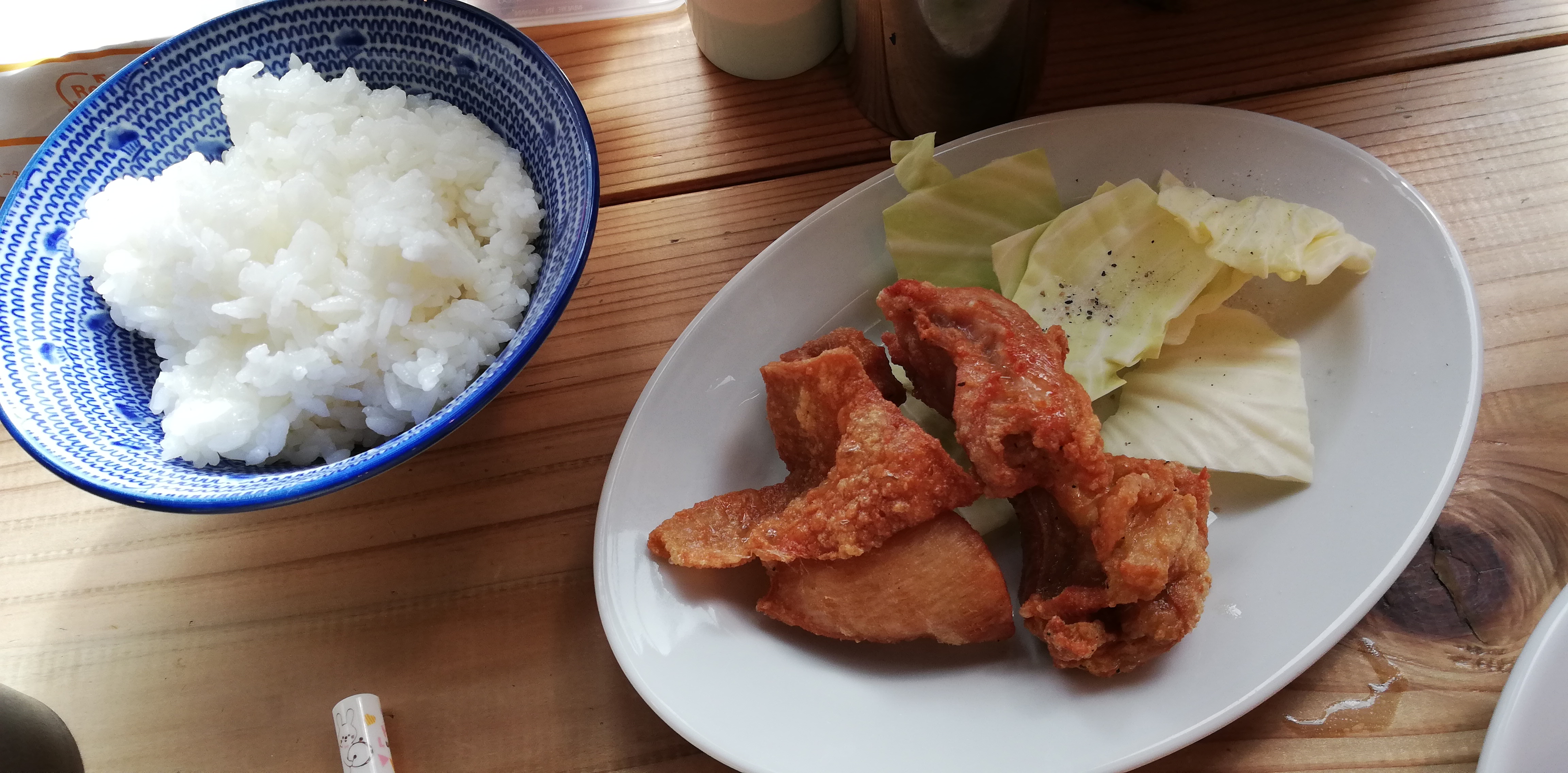
Furthermore, the cabbage, Judas’s Ear, and bean sprouts were succulent (thanks to a seasoning with salt and pepper, perhaps?), and there was plenty of it. I didn’t really like the fact that there were so many vegetables floating around in the ramen, but their on-point taste made me want to forgive them. I had eaten the whole crispy lot before I even realised.
But the real start of the show was the roasted pork fillet on top that looked so much like raw ham that I can honestly say I’ve never seen anything like it. Even the soft texture was not unlike that of raw ham. The ramen contained a larger than usual serving of this ingredient as well. While I was indulging in happiness because of the generousness of this restaurant, my son had already half of it.
As a fried chicken fetishist, I order karaage wherever I go. The fried chicken here was served piping hot — as it should be — and a pleasure for my taste buds.
Yes, it was a treat! I highly recommend it for when you’re craving ramen with a broth that is rich in flavour and generously garnished with crunchy vegetables. Go try it out!
